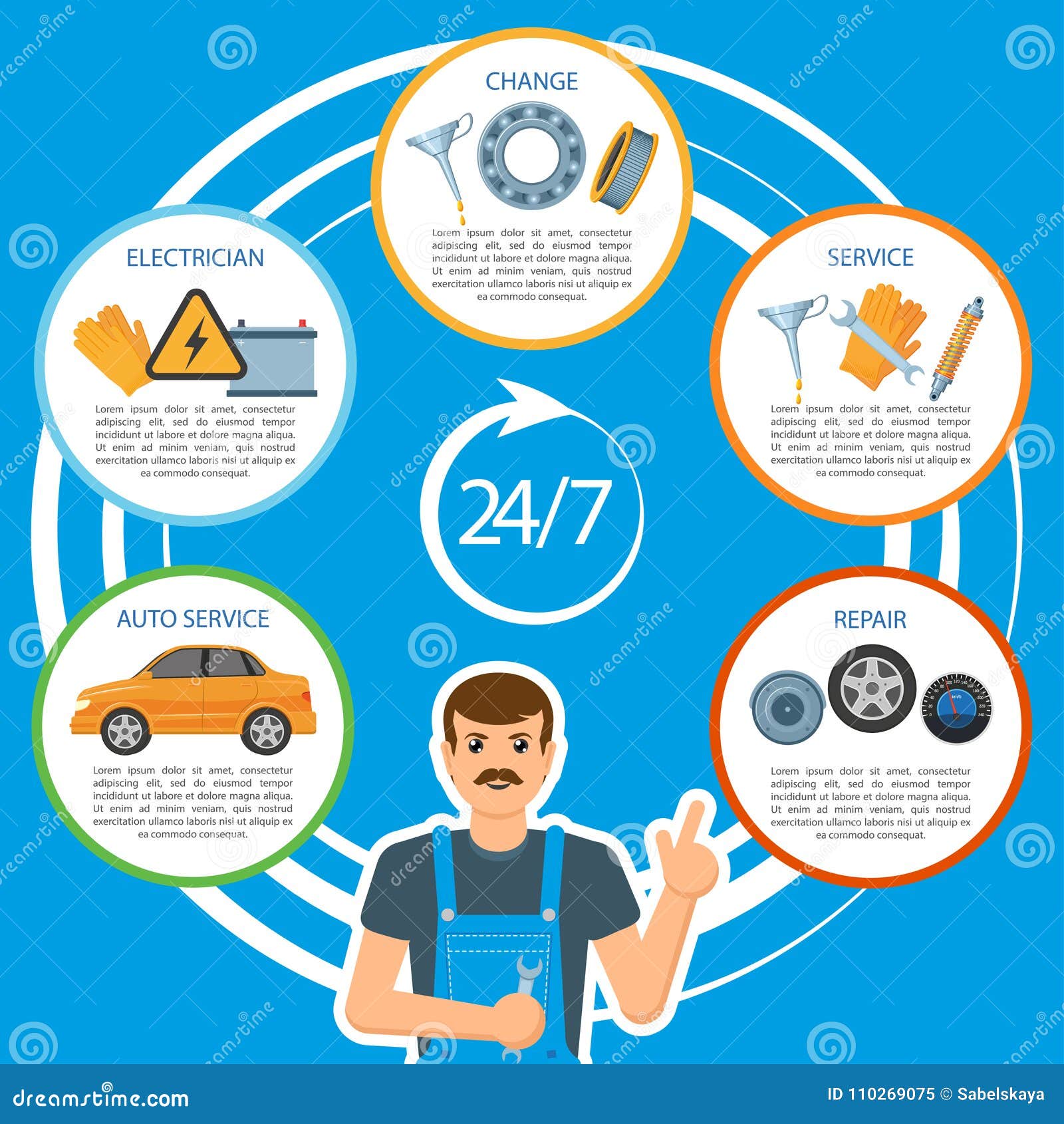Evaluating Your Cars And Truck'S Caution Indicators: What They Truly Share
Evaluating Your Cars And Truck'S Caution Indicators: What They Truly Share
Blog Article
Write-Up Composed By-Samuelsen Gilbert
When you lag the wheel, those glowing caution lights on your control panel can be a little bit bewildering. Do you understand what they're attempting to tell you about your vehicle's health and wellness? Recognizing the value of these lights is crucial for your security and the durability of your vehicle. So, specialist detailing of those lights turns up, would not you intend to decipher its message precisely and take the needed steps to address it?
Common Warning Lights and Interpretations
Recognize usual warning lights in your automobile and recognize their significances to make sure safe driving.
The most typical caution lights consist of the check engine light, which signals problems with the engine or exhausts system. If this light comes on, it's essential to have your automobile inspected without delay.
The oil pressure warning light indicates low oil pressure, needing instant interest to stop engine damages.
A flashing battery light may suggest a damaged billing system, possibly leaving you stranded if not attended to.
premier auto detailing (TPMS) light alerts you to low tire stress, affecting lorry stability and gas efficiency. Neglecting this might lead to unsafe driving problems.
active detailing indicates a problem with the anti-lock braking system, jeopardizing your capacity to stop promptly in emergency situations.
Lastly, the coolant temperature alerting light warns of engine getting too hot, which can result in severe damages if not dealt with swiftly.
Understanding these usual caution lights will certainly help you resolve problems quickly and keep risk-free driving problems.
Significance of Prompt Attention
Recognizing the typical caution lights in your automobile is just the initial step; the importance of quickly resolving these warnings can not be highlighted enough to ensure your safety on the road.
When a caution light illuminates on your dashboard, it's your vehicle's way of connecting a prospective problem that requires attention. Disregarding these warnings can bring about more serious issues later on, endangering your safety and security and potentially costing you much more in repairs.
Prompt interest to warning lights can prevent breakdowns and crashes. For example, a flashing check engine light might indicate a misfire that, if left ignored, could create damages to the catalytic converter. Addressing this quickly can conserve you from a costly repair service.
Similarly, a brake system alerting light may signal reduced brake liquid or used brake pads, important components for your safety when driving.
DIY Troubleshooting Tips
If you discover a caution light on your control panel, there are a couple of do it yourself fixing suggestions you can try before looking for professional assistance.
The primary step is to consult your cars and truck's guidebook to understand what the particular warning light indicates. In some cases the problem can be as straightforward as a loosened gas cap activating the check engine light. Tightening up the gas cap may resolve the issue.
An additional usual issue is a reduced battery, which can cause various advising lights. Checking the battery connections for rust and ensuring they're safe may fix the problem.
If a caution light lingers, you can attempt resetting it by disconnecting the auto's battery for a couple of mins and afterwards reconnecting it. Additionally, inspecting your automobile's liquid levels, such as oil, coolant, and brake liquid, can help troubleshoot advising lights connected to these systems.
Final thought
In conclusion, understanding your automobile's warning lights is crucial for keeping your car running smoothly and safely. By without delay attending to these alerts and knowing what they indicate, you can stay clear of pricey repairs and prospective failures.
Keep in mind to consult your vehicle's handbook for certain information on each warning light and do something about it accordingly to make certain a trouble-free driving experience.
Keep educated, stay risk-free on the road!
